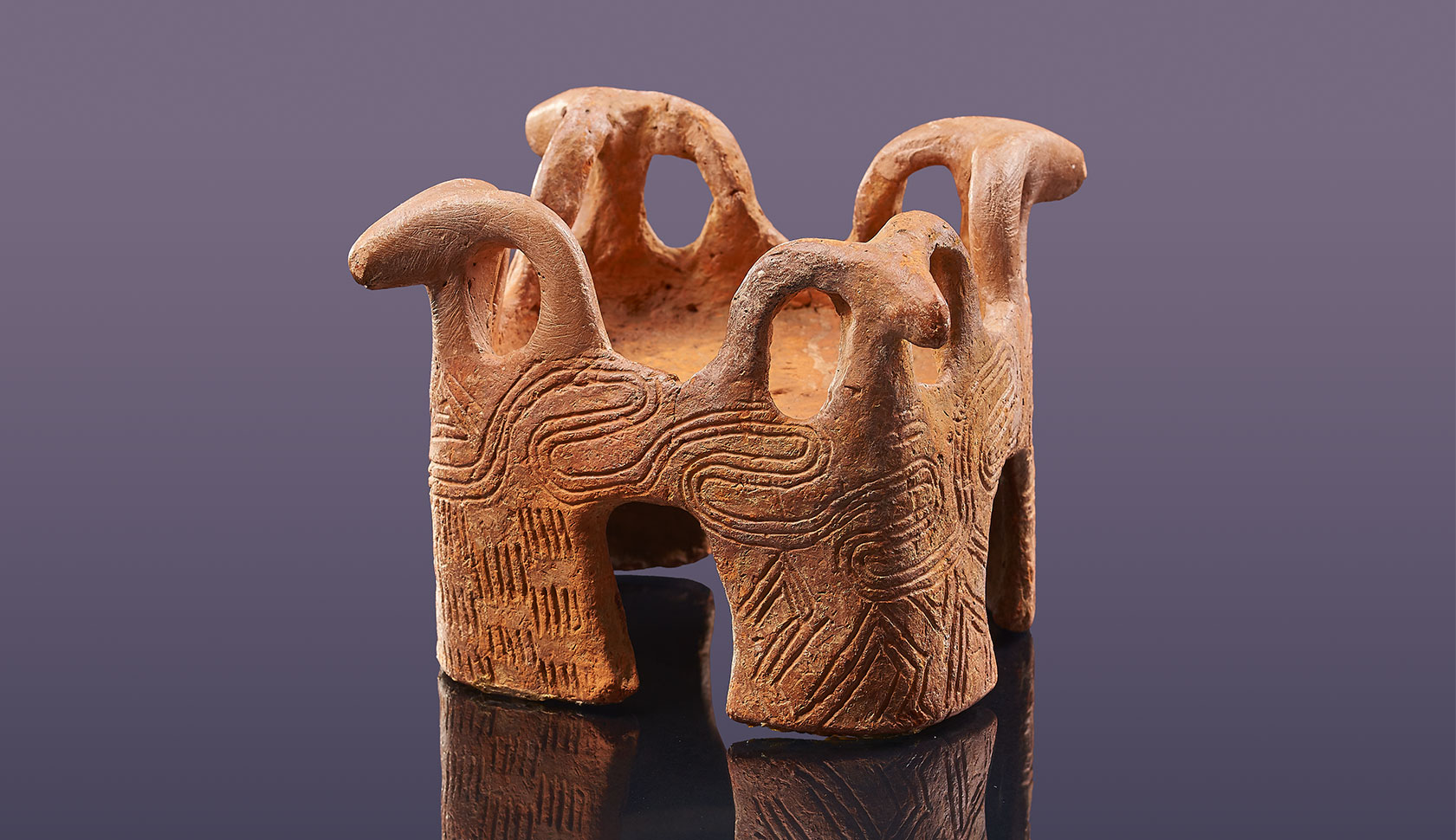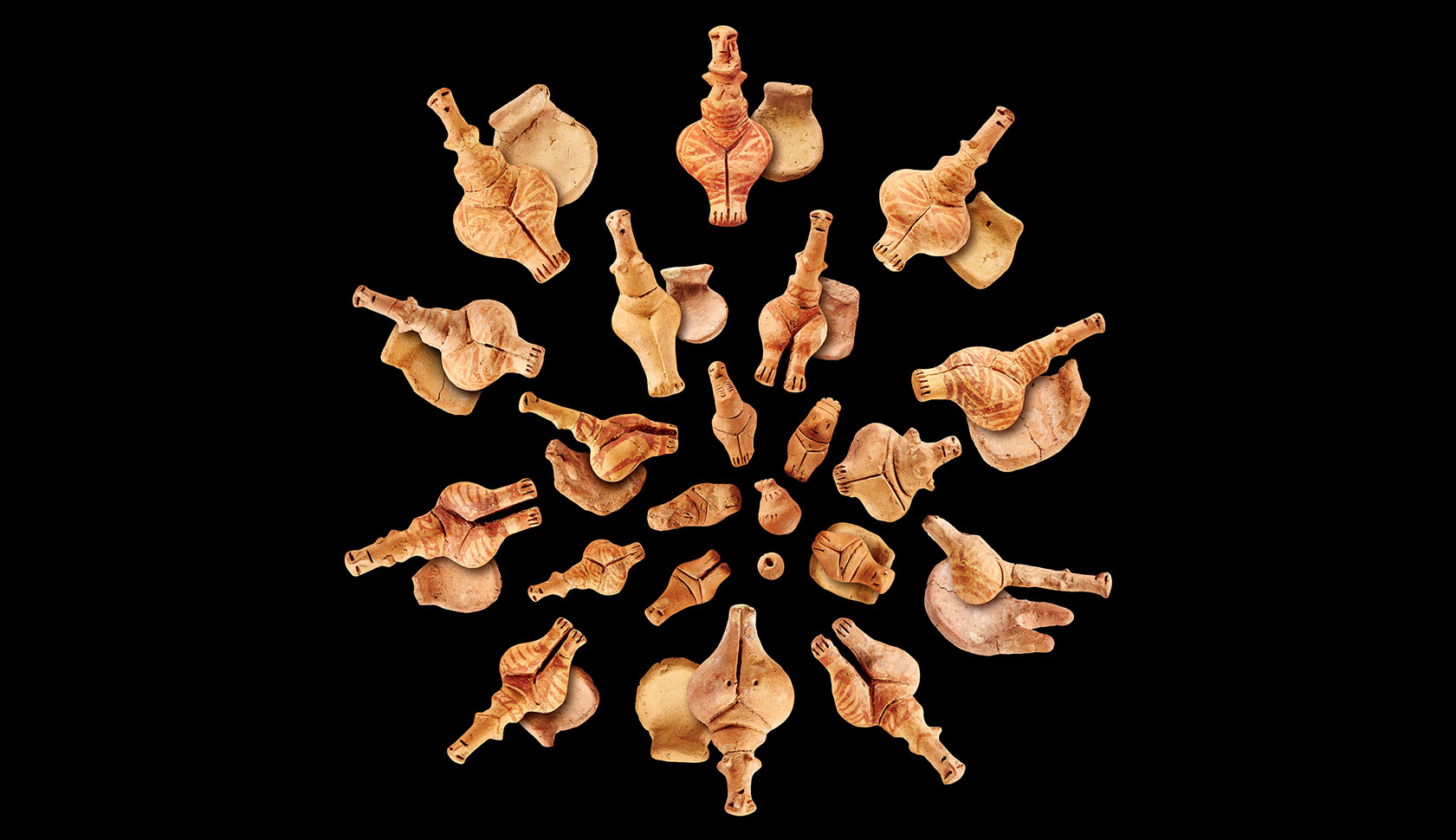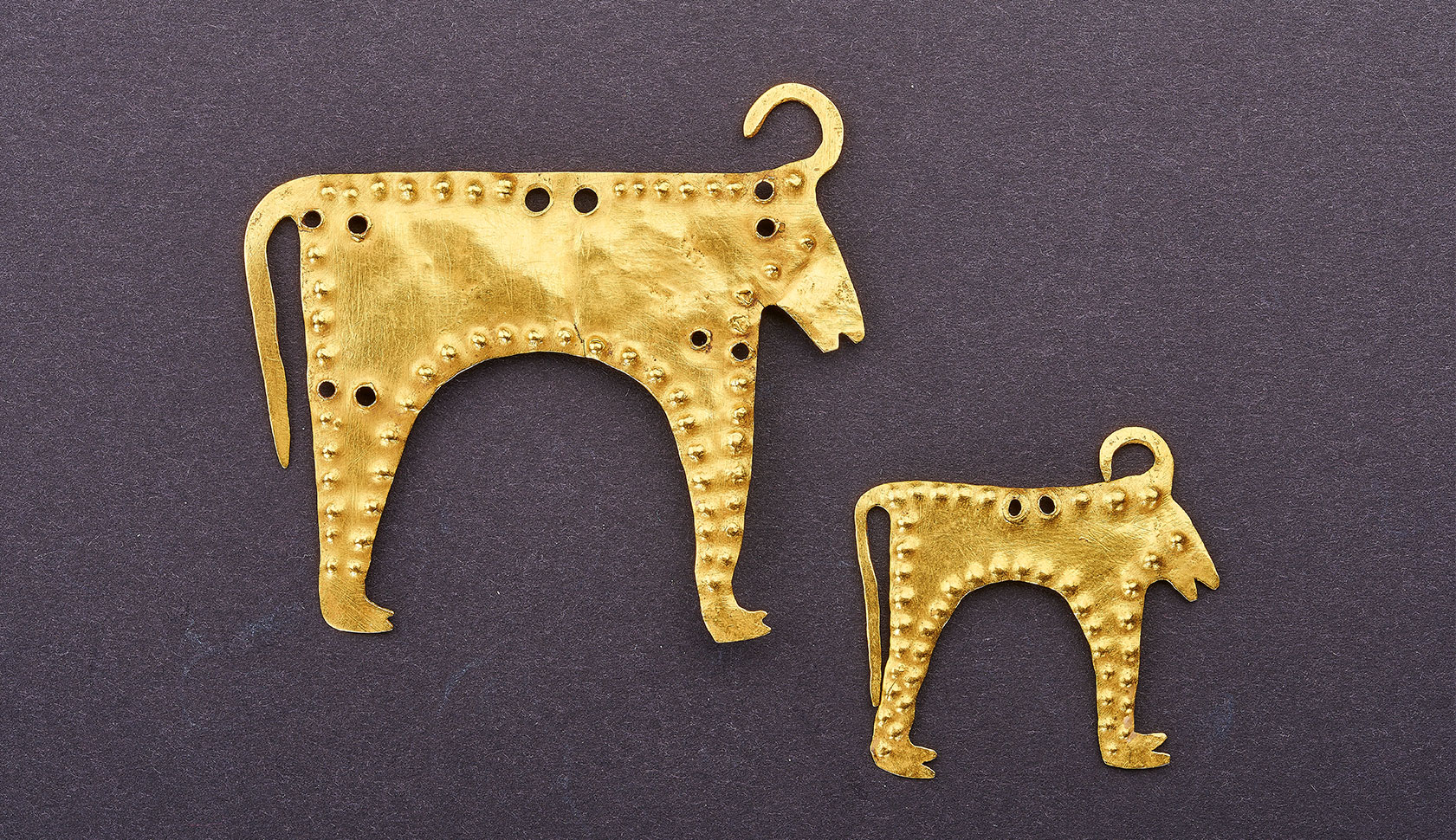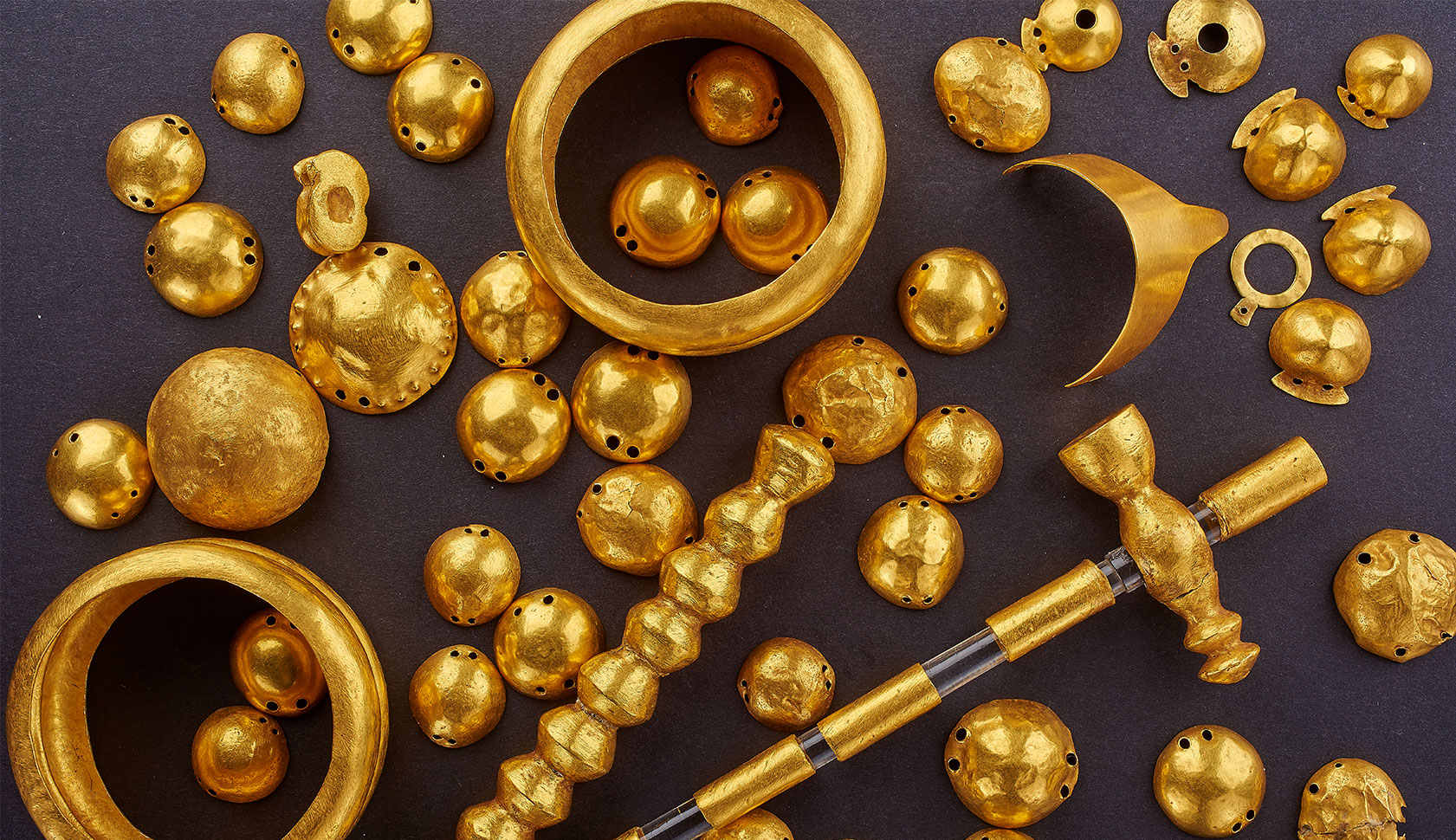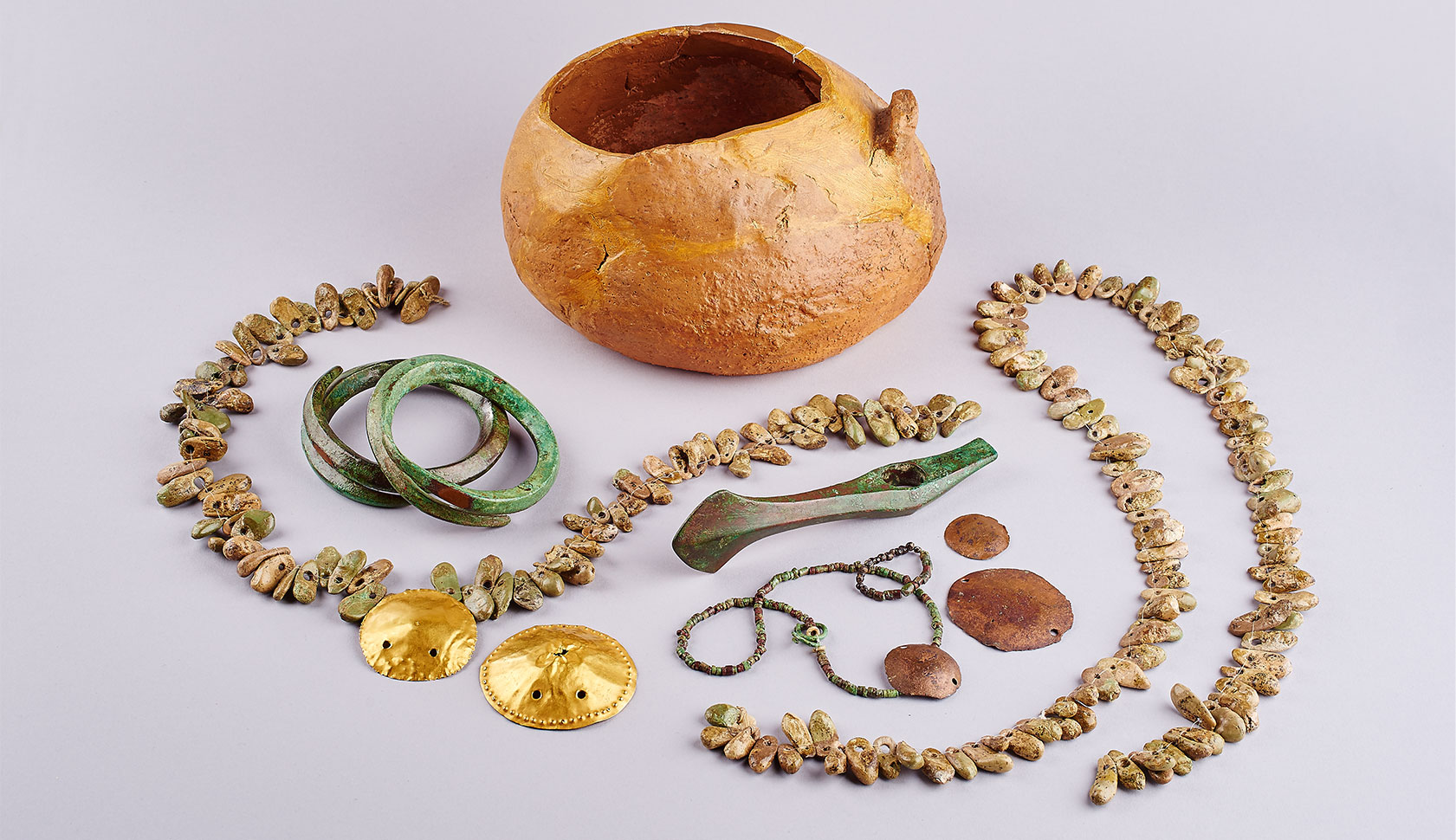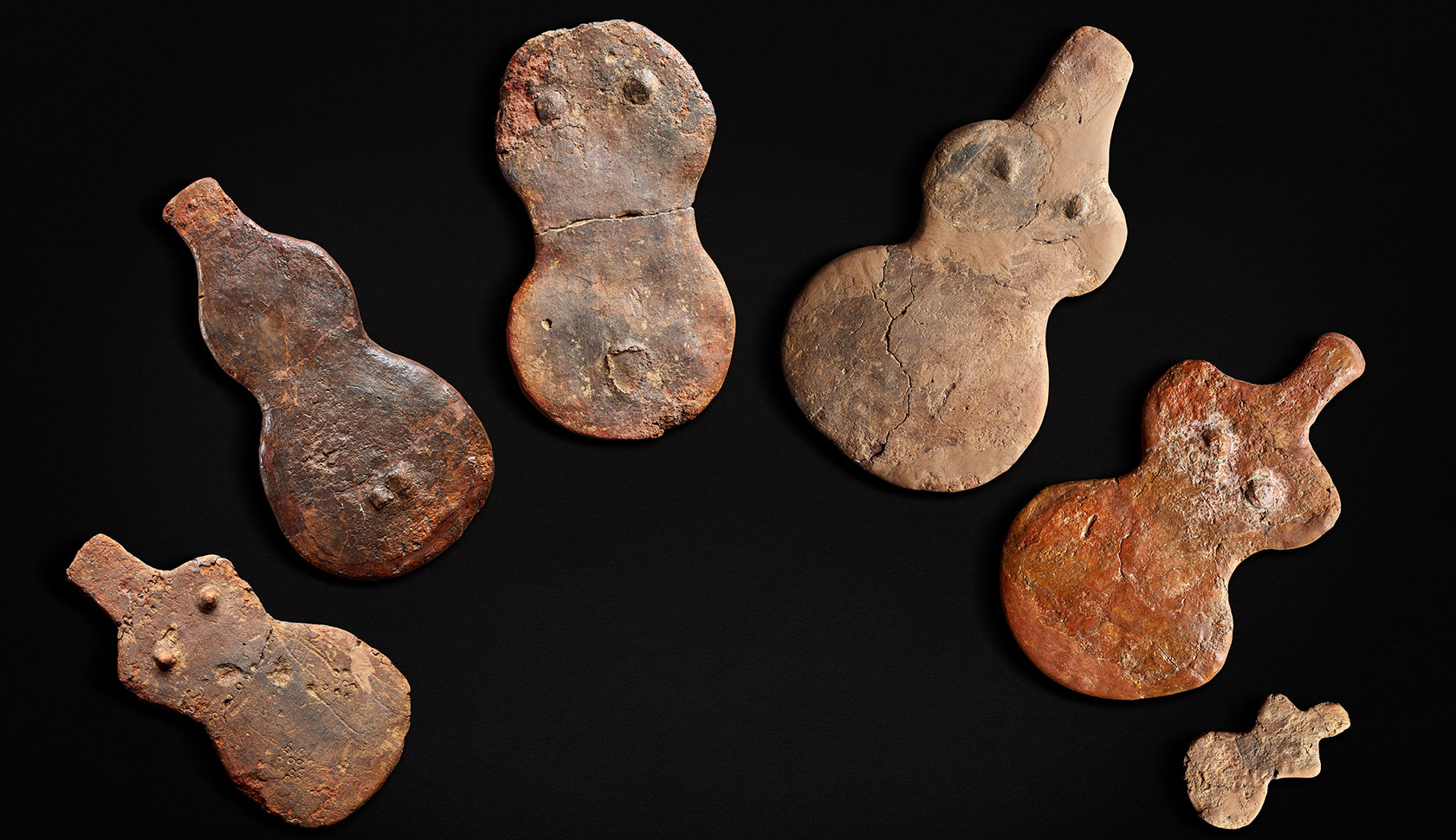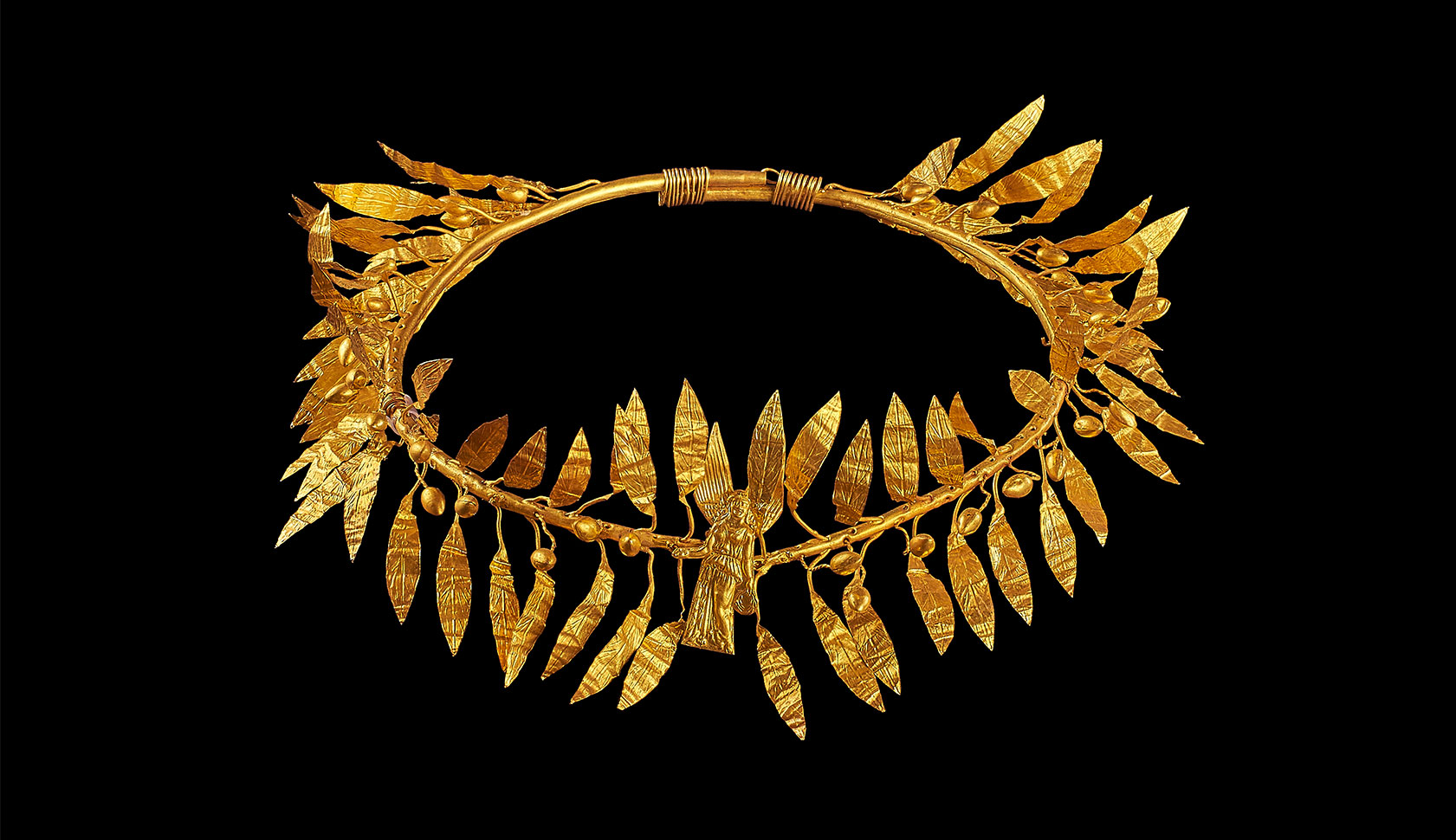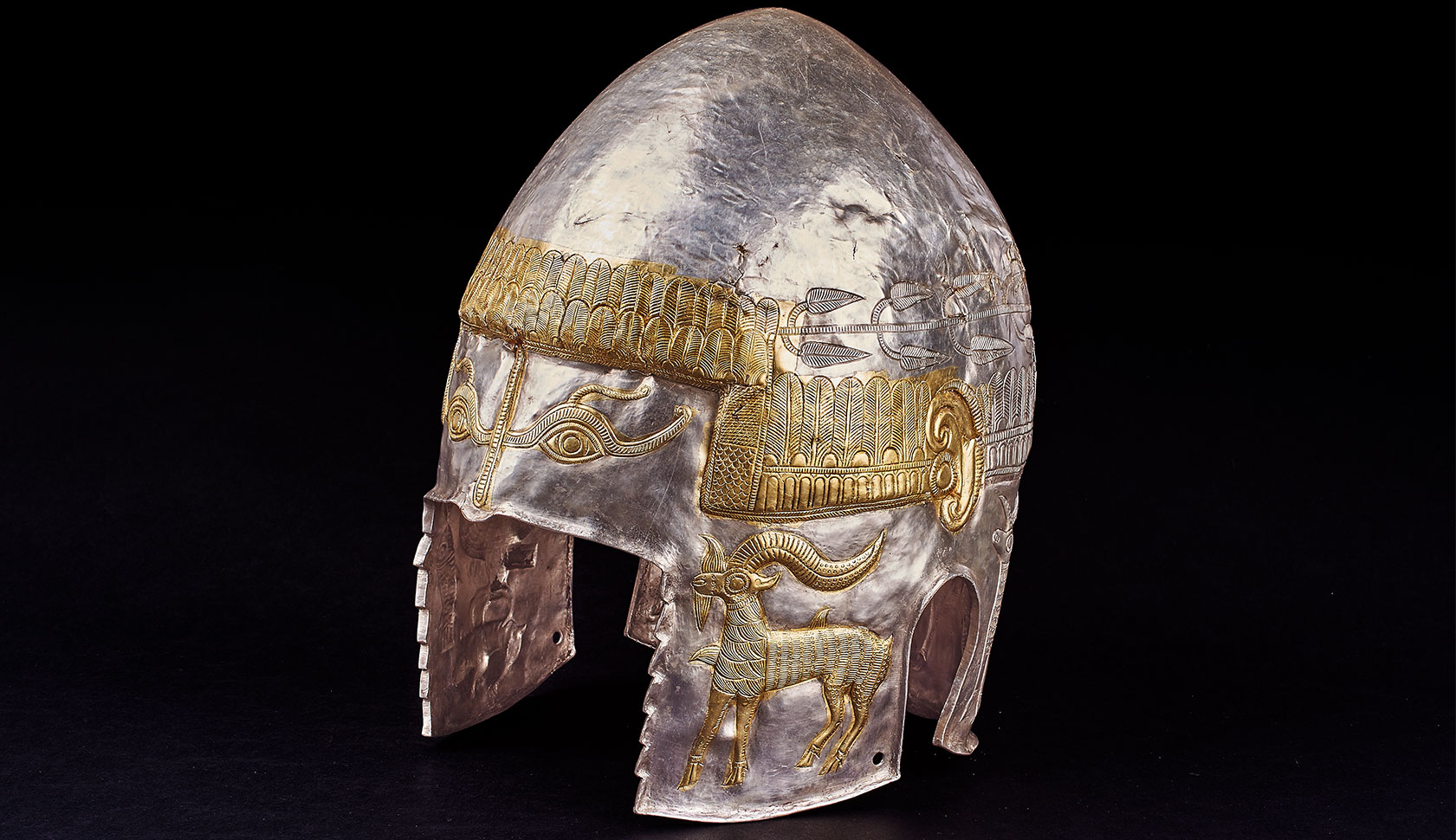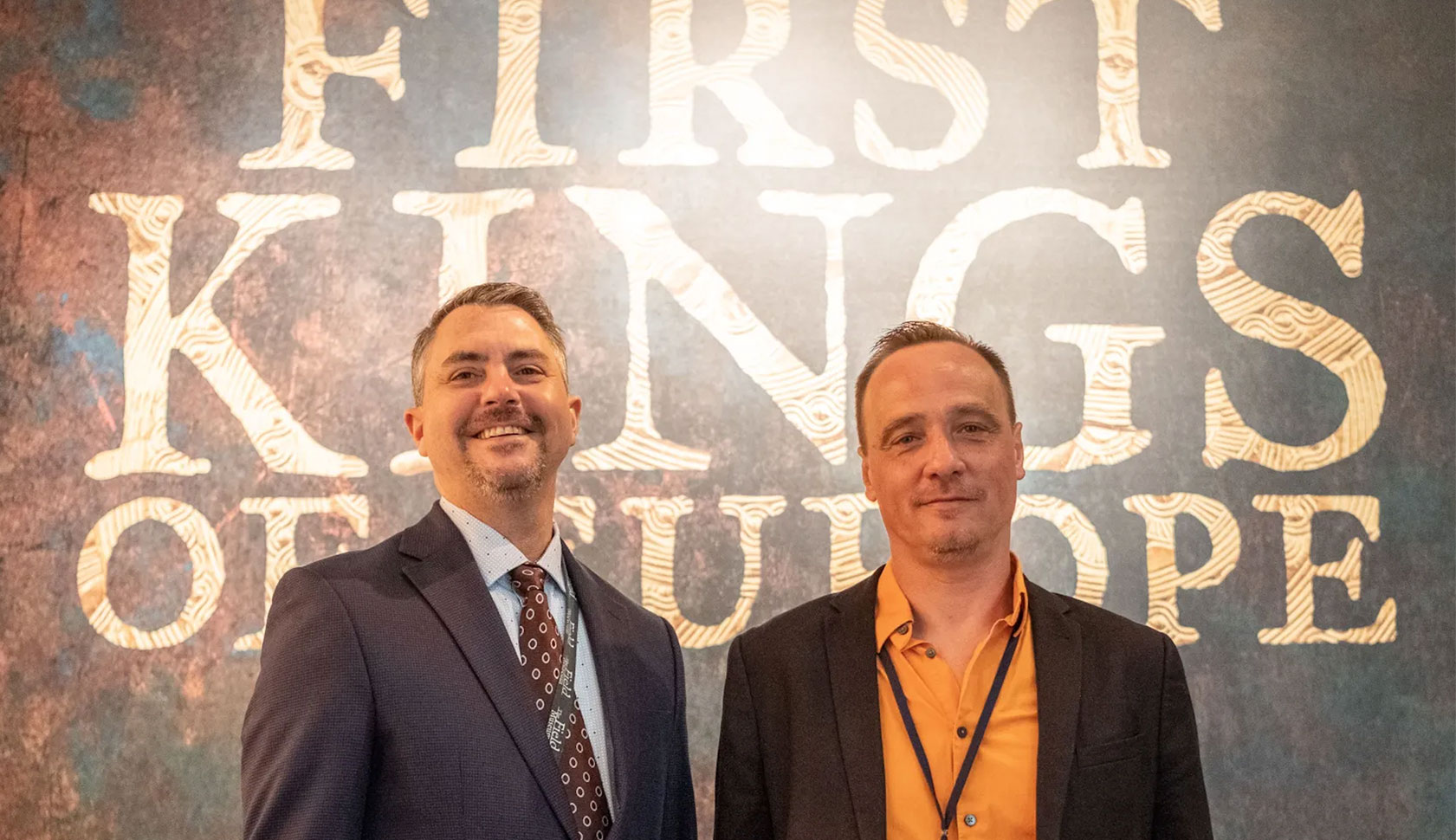Attila Gyucha, assistant professor of archaeology at the University of Georgia’s Department of Anthropology, and colleagues organized an exhibition at Chicago’s Field Museum of Natural History titled, “The First Kings of Europe”.
Gyucha is the co-curator and leading editor of two books that accompany the exhibition, which runs through Jan. 28, 2024. It can be accessed by discovery or an all-access pass, and showcases more than 700 artifacts, including jewelry, weapons, armor and more from 11 countries in the Balkans and the neighboring region.
These ancient objects illustrate what transformed early farmers into warriors and royals, and how such transformation gave rise to hierarchy and inequalities, changing European societies forever.
The exhibition is a six-year-long, collaborative effort between curators, the Field Museum and 26 museums from Albania, Bosnia and Herzegovina, Bulgaria, Croatia, Hungary, Kosovo, Montenegro, North Macedonia, Romania, Serbia and Slovenia. It is the first of its kind in the world and displays artifacts from the Neolithic to Iron Age (about 8,000 to 2,500 years ago).
It examines cultural hierarchies, specifically how and when power and inequalities became visible in European societies. The artifacts are from a time when southeastern Europe’s small farming communities were transforming into complex societies.
“The story of hierarchy is the story of building power and influence through accumulating wealth, controlling trade, reshaping cultural practices and commanding warfare,” Gyucha said.
Below is a timeline of the periods from which the exhibit’s artifacts came.
A Land Before Kings: The Neolithic Period (6200 B.C. to 4500 B.C.)
A time before kings when most communities lived in small, egalitarian farming villages in southeastern Europe.
The First Gilded Era: The Copper Age (4500 B.C. to 2300 B.C.)
A time of technological innovations, especially the spread of metallurgy, which changed economic and political organization in southeastern Europe.
New Routes to Power: The Bronze Age (2300 B.C. to 1200 B.C.)
The first complex societies with hereditary social inequality emerge in parts of southeastern Europe.
The Birth of Royalty: The Iron Age (1200 B.C. and 600 B.C.)
A time of rigid social stratification and stark inequalities spreading throughout southeastern Europe.
Three books have been published to accompany the exhibition, including a souvenir book, an exhibition catalog and an essay volume, written by local researchers and edited by Gyucha and William Parkinson, professor of anthropology at the University of Illinois, Chicago.
All photos are provided courtesy of the Field Museum of Natural History, Chicago, with permission from exhibit co-curator Attila Gyucha.



